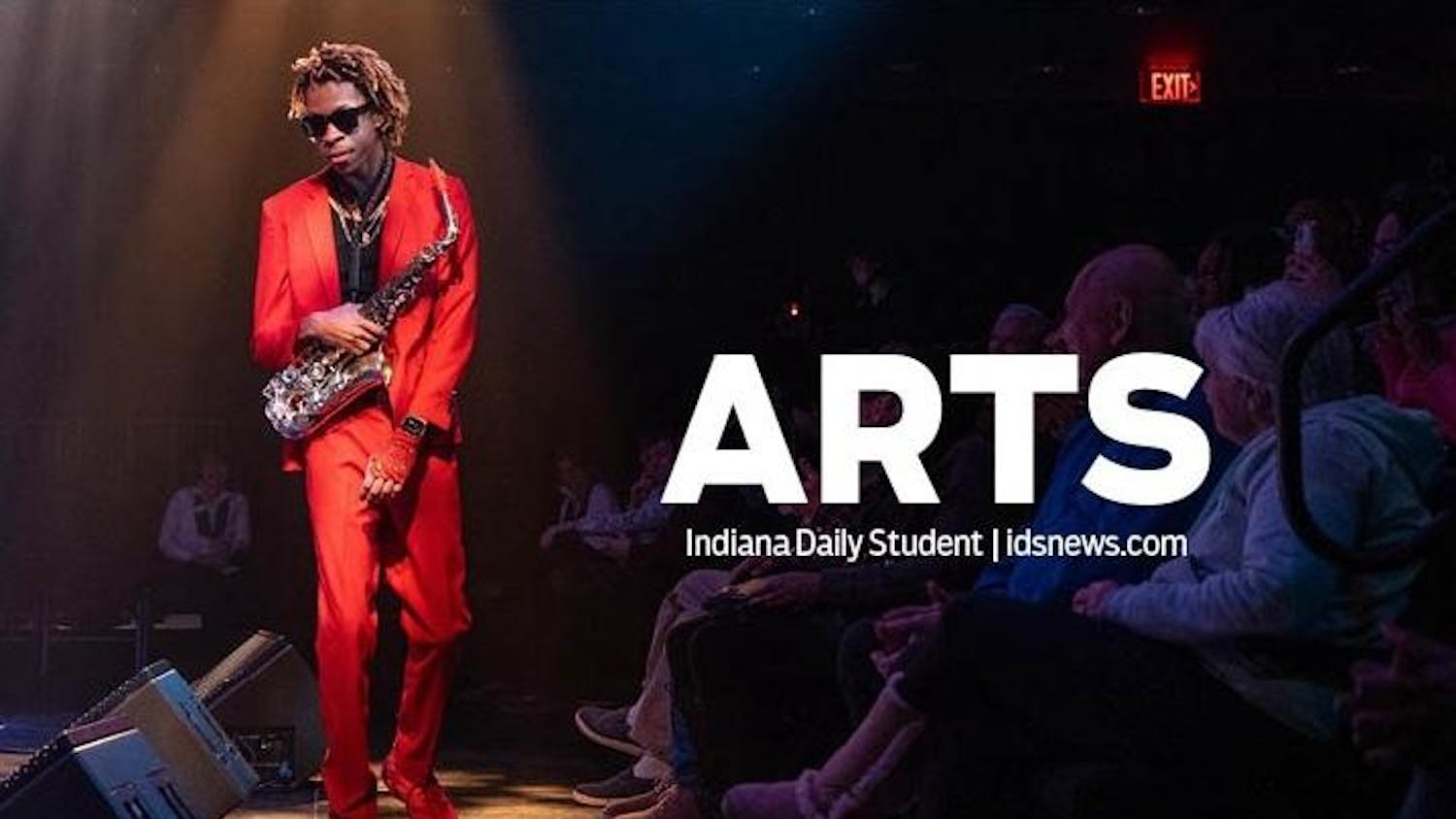The walls of the IU Art Museum surround students with famous works by artists like Monet and Picasso, each with its own history.
Discovering these histories is the job of Jenny McComas, the IU Art Museum’s curator of Western art after 1800 and head researcher for the art museum’s Provenance Project.
Researchers for the Provenance Project track down the whereabouts of IU’s current art pieces from the time of their creation to the time that they entered the museum’s collection.
McComas and graduate students from the department of art history work together to research and contact museums and galleries throughout the world to piece together the history of each piece of art in the gallery.
“Provenance provides important information about a work’s history, and having a complete provenance can help prove a work’s authenticity,” McComas said.
However, some pieces have a higher priority than others. The project is largely focused on dating paintings that could have been in Europe during the Nazi-era.
“We want to ensure that we do not have works in the collection that might have been looted during World War II,” McComas said.
According to the project’s website, the museum is working along with the American Association of Museums’ “Standards Regarding the Unlawful Appropriation of Objects During the Nazi-Era.”
These guidelines include many rules for how a museum handles research and claims of ownership.
If an artwork was illegally obtained in the past, a conscious effort must be made to return the object to the rightful owner, according to the association’s website.
Finding the history of these paintings can be a long and intensive process, McComas said.
First, researchers examine the works themselves to see if there are any inscriptions or labels that could lead to important information.
Past galleries are contacted and other archival research is conducted.
“Sometimes we have a great deal of information which makes it relatively easy,” McComas said. “Other times it is nearly impossible.”
For example, “The Studio” by Pablo Picasso took McComas more than five years to complete research for.
“Although I was not continuously researching the painting during that time, it took a long time for all the elements of the painting’s history to fall into place,” McComas said.
McComas corresponded with a museum in England that exhibited the painting during the 1930s, visited two archives and examined various publications in her research.
Many successes have been made, she said, but the museum still has a long way to go.
Eight hundred pieces have been marked for research and about 20 percent of the projects have been completed.
“In addition to learning about former owners of works in our collection, we might find out more information about the scene depicted in a painting or learn something about how the work fit into the particular artist’s oeuvre,” McComas said. “All of this helps us to better interpret works for our visitors.”
Follow reporter Alison Graham on Twitter @AlisonGraham218.
Provenance Project research outlines history of artworks
Get stories like this in your inbox
Subscribe



